News
2019
-
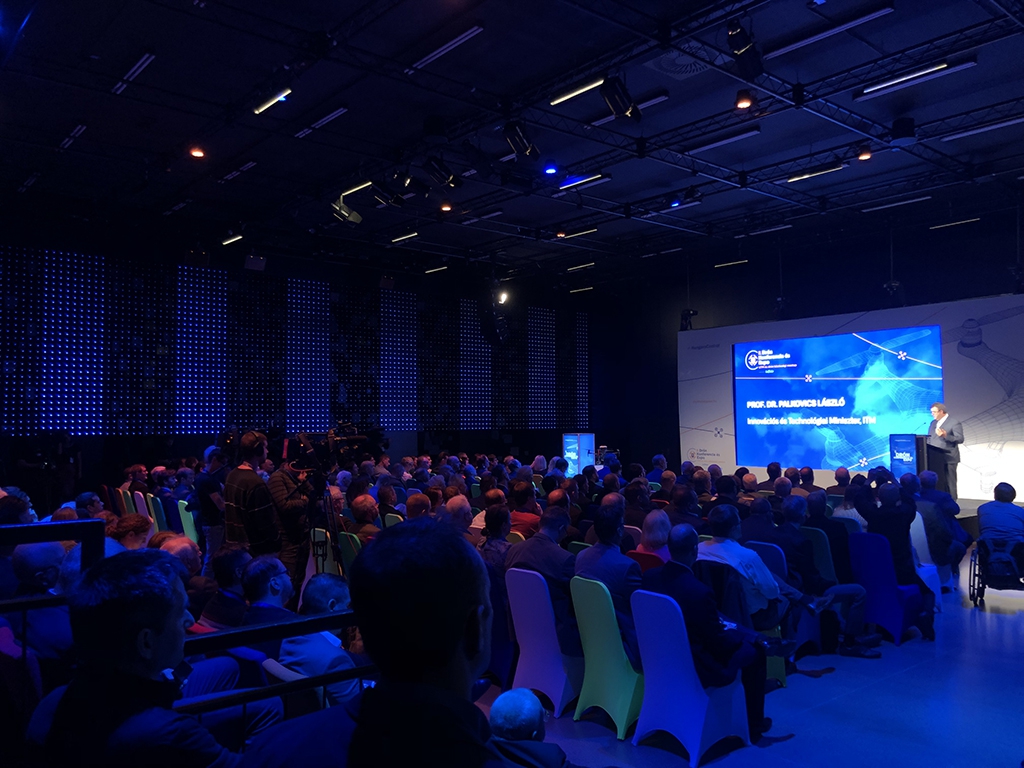
Drone technology is revolutionizing the Hungarian economy BUDAPEST, November 8, 2019 – Opportunities for commercial application of drone technology, the forthcoming EU regulation, research and development activities for autonomous vehicles were discussed at the drone conference in Budapest today. Key international players in the industry, state decision makers, the private sector and the startup sector were also present at the event.
-

SEE FRA – most effective routings contribute to reducing aviation’s environmental footprint BUDAPEST, November 1, 2019 – South East Europe Free Route Airspace project (SEE FRA) implemented round-the-clock border free operations across the airspace of Bulgaria, Hungary and Romania. The most effective routings contribute to reducing aviation’s environmental footprint. HungaroControl has played a major role in coming concept.
-
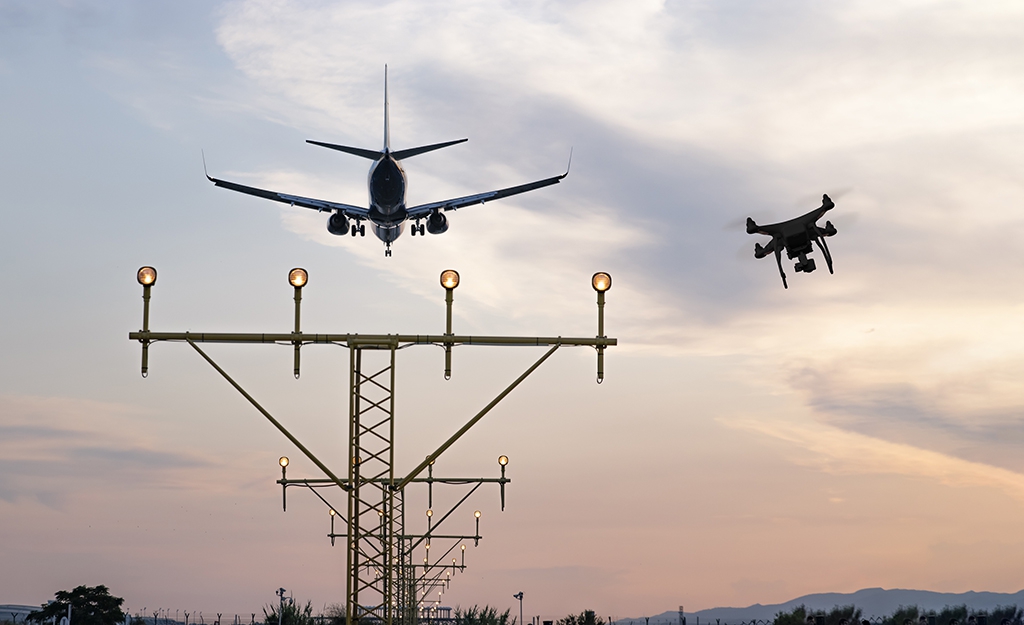
Irresponsible droners jeopardized air traffic Budapest, October 16, 2019 - Full airport closure had to be declared in the evening on Monday and Tuesday, as remotely piloted aircraft, that is, drones flew into the airspace of Liszt Ferenc International Airport. 21 flights in total were affected by the incidents.
-

Laser attacks threaten thousands of passengers BUDAPEST, October 4, 2019 - Hungarian air traffic controllers have received nearly 50 laser attacks so far this year on aircraft using the airport of Budapest. Shining a laser at an aircraft is serious incident, these devices can distract pilots from up to ten kilometers away. It threatens the physical integrity of the flight crew and rushes thousands of passengers into danger.
-
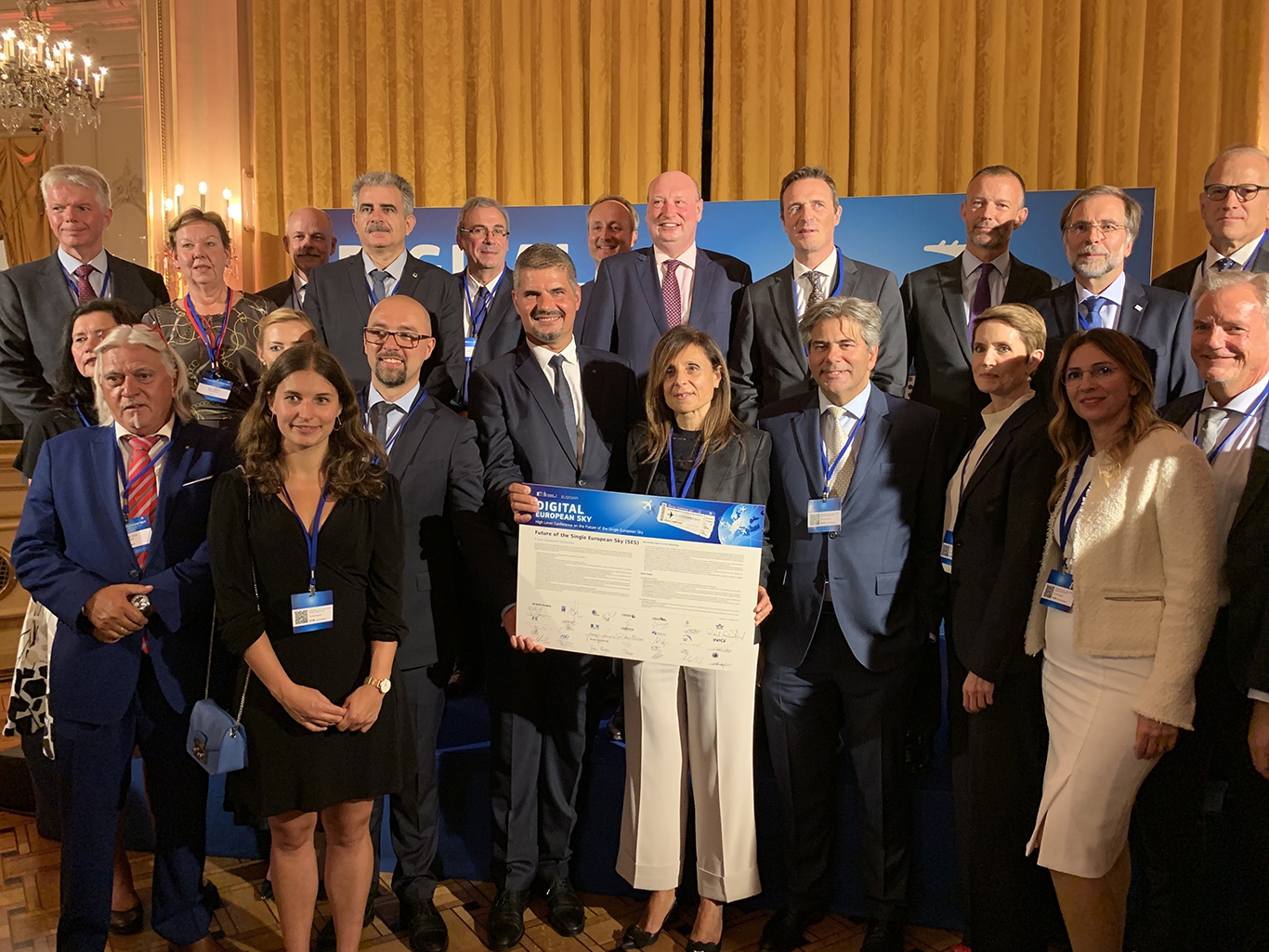
European aviation is facing a paradigm shift A declaration on the full implementation of the Single European Sky (SES) was signed in Brussels by Europe's leading aviation stakeholders. Signatories are calling for a unified air navigation network that fully meets traffic challenges through the use of new technologies, guarantees the highest possible level of safety, reduces its environmental impact caused by the flights, as well as cyber-security risks can be mitigated.
-

Growing number of go-arounds at Budapest Ferenc Liszt International Airport BUDAPEST, June 25, 2019 - Until June of this year, one hundred aircraft at Budapest Ferenc Liszt International Airport had to interrupt final approach on a request by air traffic controllers or pilot's decision. By the end of the year it is likely that the record of the so called go-around procedure will break. Aborted landing itself does not mean an emergency, but requires special attention from air traffic controllers of HungaroControl.
-

Common Gate One position agreed in shaping future Single European Sky legislation package Bucharest, 3 June 2019 – Gate One coordination platform - CEOs of thirteen ANSPs - agreed on common positions on the Airspace Architecture Study and the Report of Wise Persons Group. Both these documents will play a crucial role in shaping future Single European Sky legislation package, which is to be prepared by the European Commission. Gate One also agreed that they support high level structural changes in European ATM and consider it an opportunity to which they would like to contribute in a constructive manner. Gate One partners will continue to closely collaborate within CANSO Europe to its advocacy activity, as they constitute a substantial part of its membership.
-

Lost and unidentified aircraft in the Hungarian airspace Along with growing air traffic worldwide, the number of flights requiring critical action is also increasing. HungaroControl’s air traffic controllers provided safe guidance for nearly two hundred fifty thousand aircraft in the first four months of 2019 – with a growing number of unforeseen incidents.
-
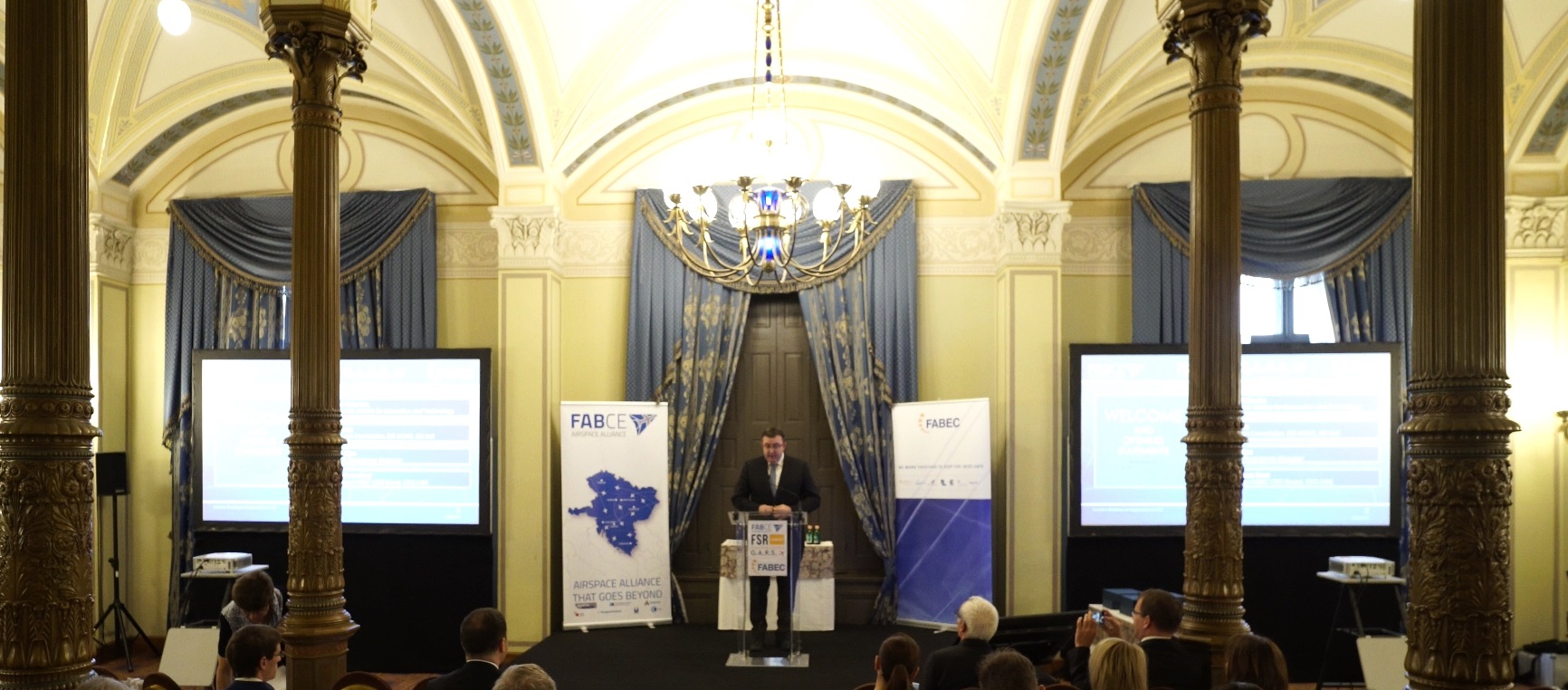
Academic workshop on fragmentation in European air traffic held in Budapest A two-day research workshop took place in Budapest from 14-15 May to examine the positive and negative effects of fragmentation on air traffic management. Academics and stakeholders from all areas of the aviation industry gathered for a mutual exchange of ideas at the Hungarian Academy of Sciences.
-
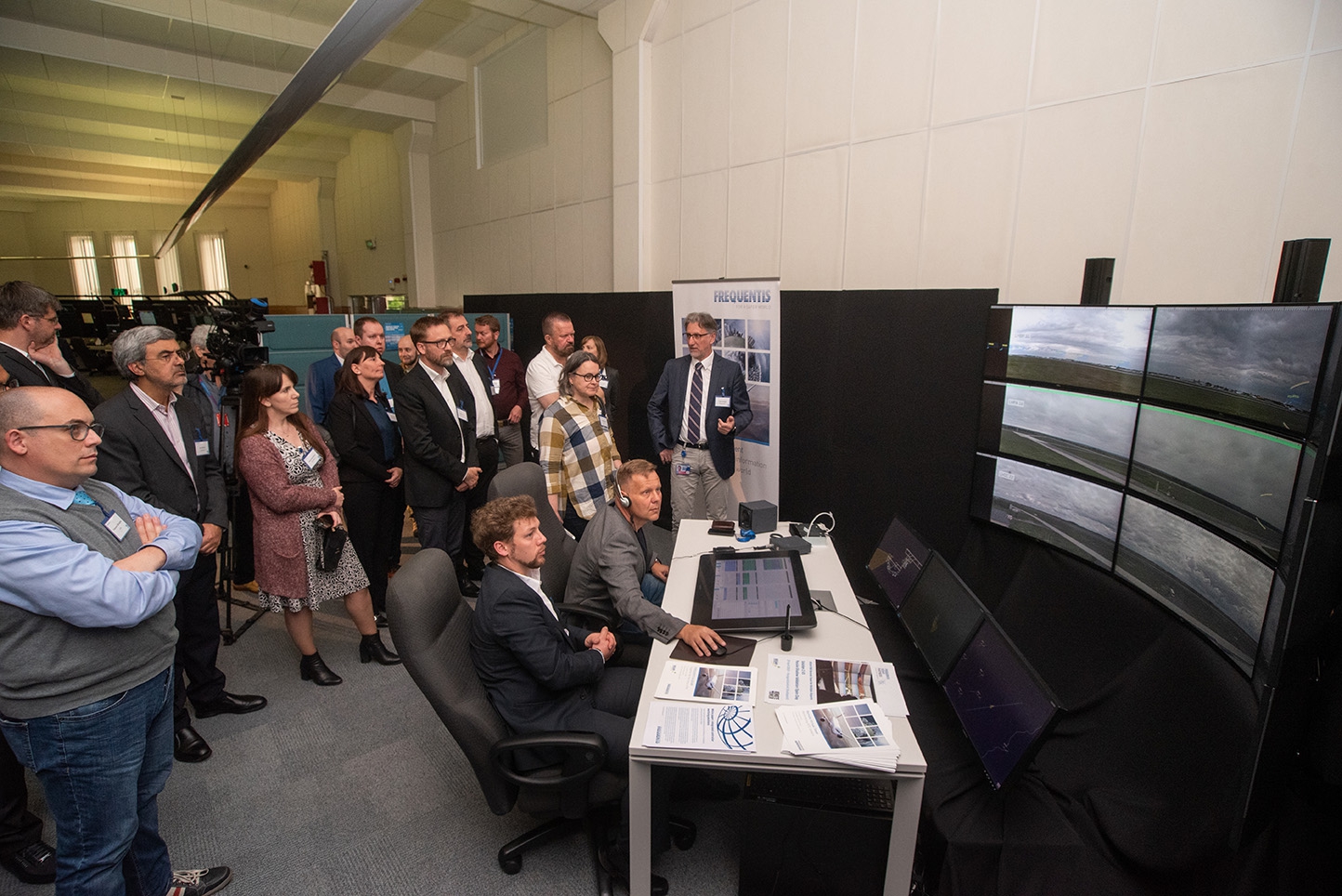
Successful SESAR PJ05 multi-remote passive shadow validation and open day at HungaroControl April 2019, Budapest – Air Traffic Management (ATM) experts from around the world gathered at HungaroControl’s headquarters in Budapest to experience a passive shadow validation for multiple remote tower technology carried out in collaboration with Frequentis. Participants got to see first-hand the passive management of three airports simultaneously in real time.
-
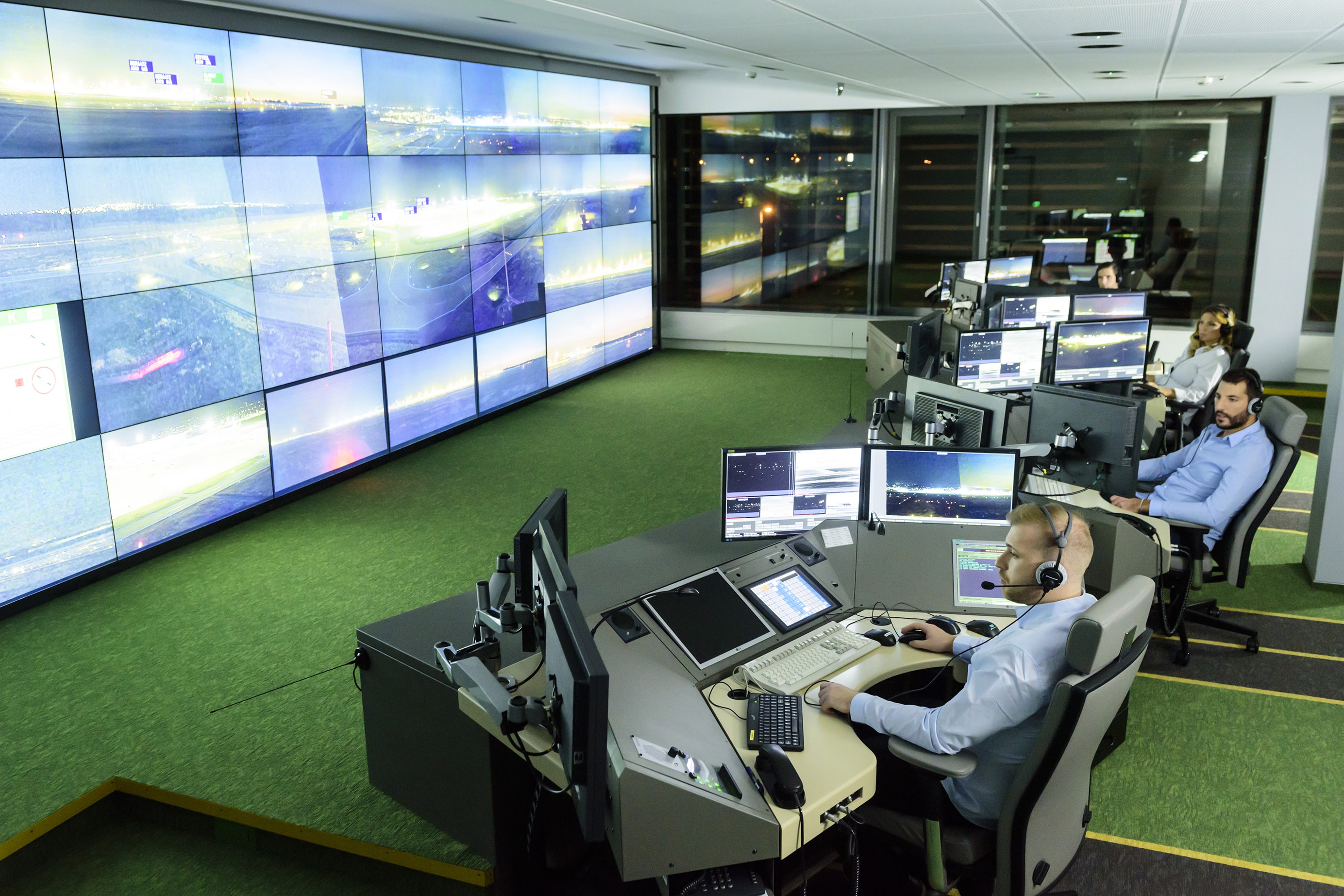
Optimized ground operations validated as Indra and HungaroControl successfully host SESAR PJ28 Open Day ATM professionals from 13 countries attended the SESAR Integrated Airport Operations Open Day hosted by Indra and HungaroControl in Budapest April 11th. The Open Day followed a successful large-scale validation of the solutions developed in the project, resulting in better ground safety and efficiency. The attendants saw a live demonstration of airport safety nets such as conflicting ATC clearance alerts (CATC), conformance monitoring (CMAC), as well as automatic pre-departure sequencing and surface movement planning and routing. Indra’s InNOVA Ground A-SMGCS is the industrial platform for the solution that is now ready for deployment.
-
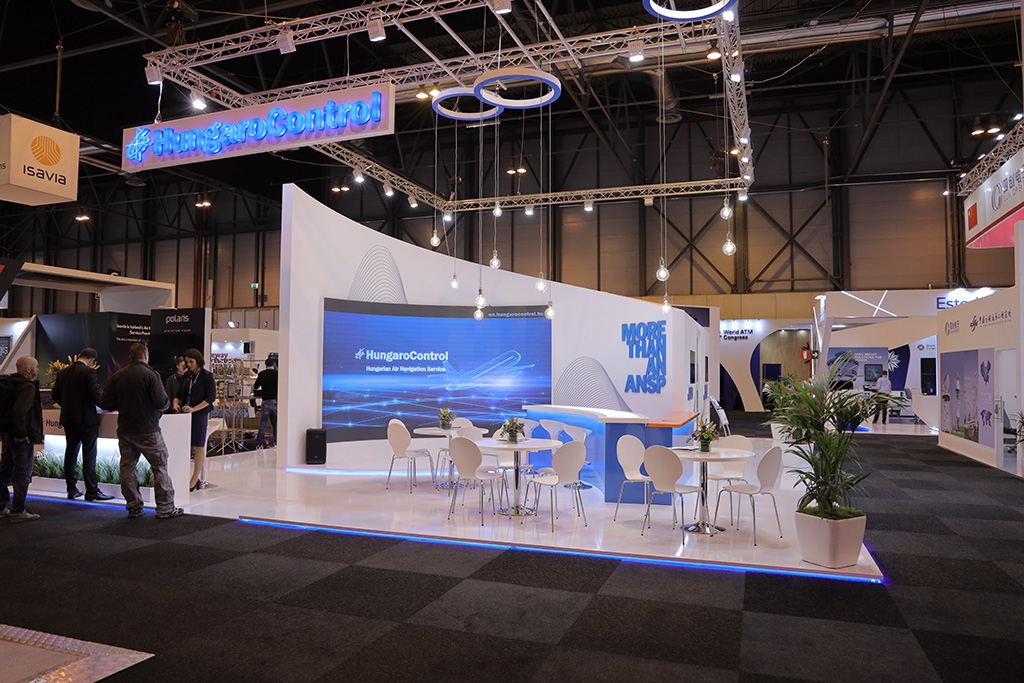
Press Release: World ATM Congress 13 March 2019 – Madrid, Spain HungaroControl has landed at World ATM Congress 2019 to join industry dialogue and showcase solutions that tackle the big issues in air traffic management (ATM). At the world’s largest international ATM exhibition and conference, HungaroControl is bringing to the forefront its services and distinct capabilities that respond to the growing challenges and pace of change in the industry from innovation to digitalisation.
-
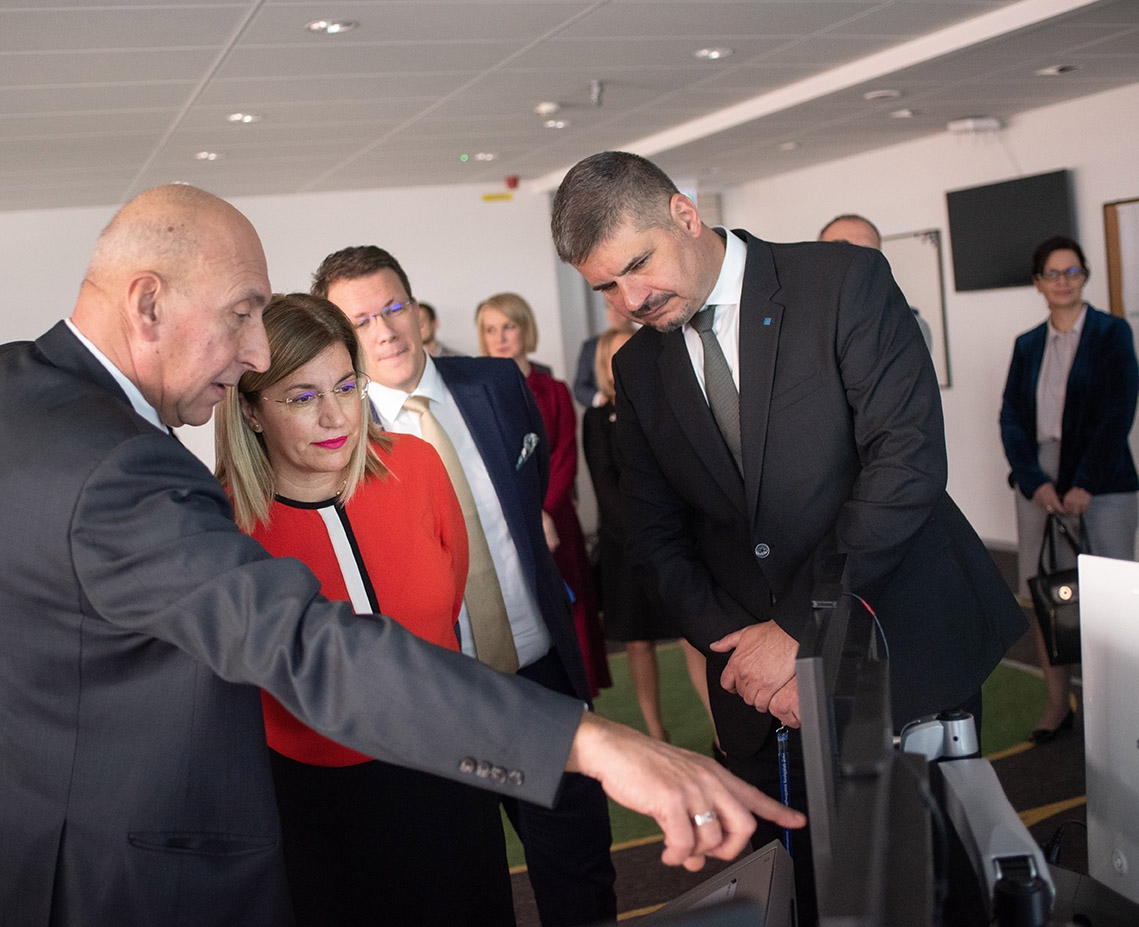
HungaroControl won unique NATO mandate in Europe Budapest, March 7, 2019 – HungaroControl remains the only company in Europe that controls the airspace of a non-neighboring country. On behalf of NATO, Hungarian Air Navigation Service Provider controls the upper airspace over Kosovo from April to indefinitely, announced Andrea Bártfai-Mager, Minister Without Portfolio Responsible for the Management of National Assets, and Kornél Szepessy, CEO of HungaroControl.
-
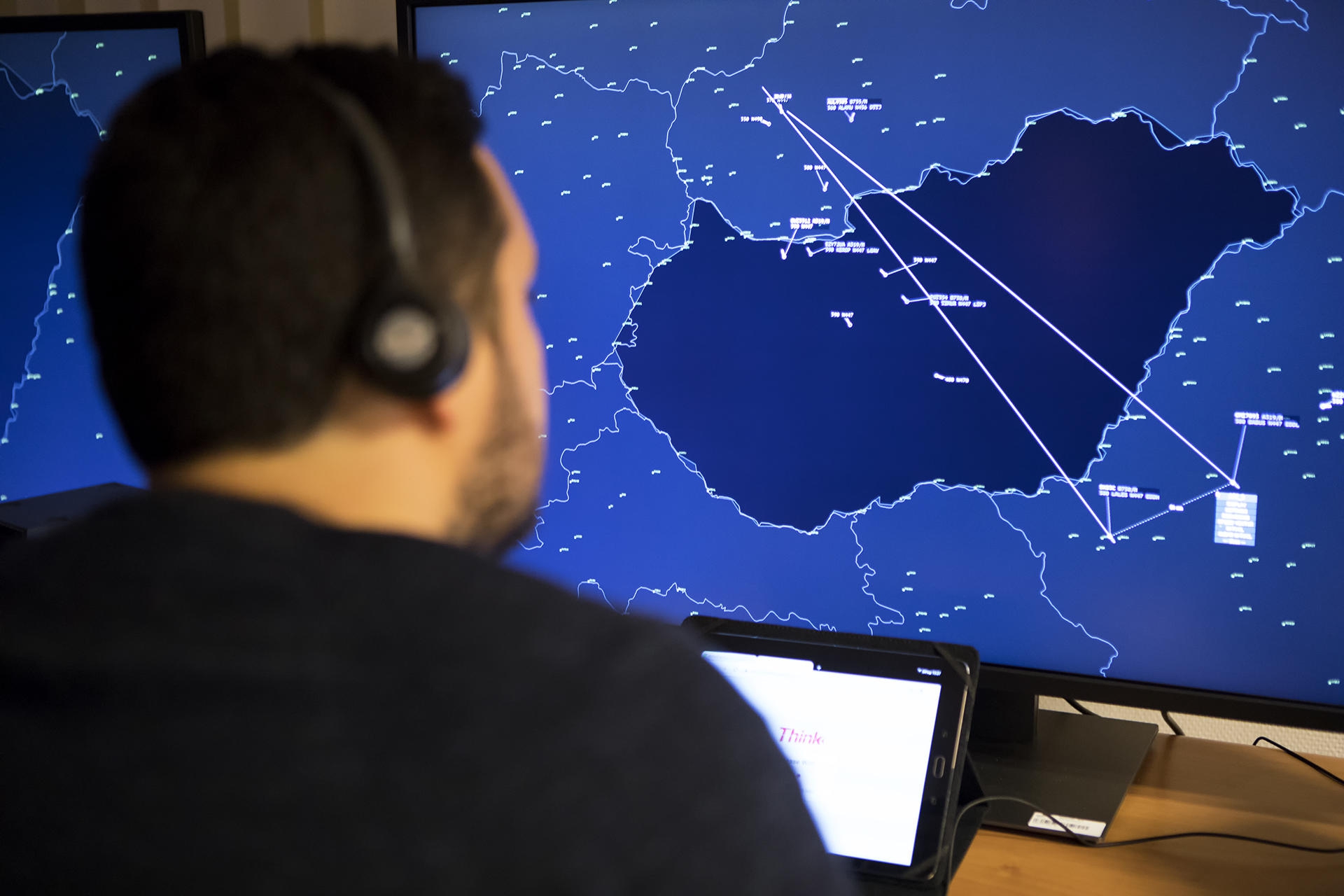
Successful SESAR 2020 Flight Centric ATC validation and open day at HungaroControl March 2019, Budapest – Flight Centric Air Traffic Control (ATC) validations with a live demonstration took place in Budapest in January 2019. More than fifty European ATC stakeholders took part in the exercise. The entire upper-airspace of Hungary was used for the demonstration of this advanced operating concept, with more than 10 air traffic controllers participating in the single-man operations.
-
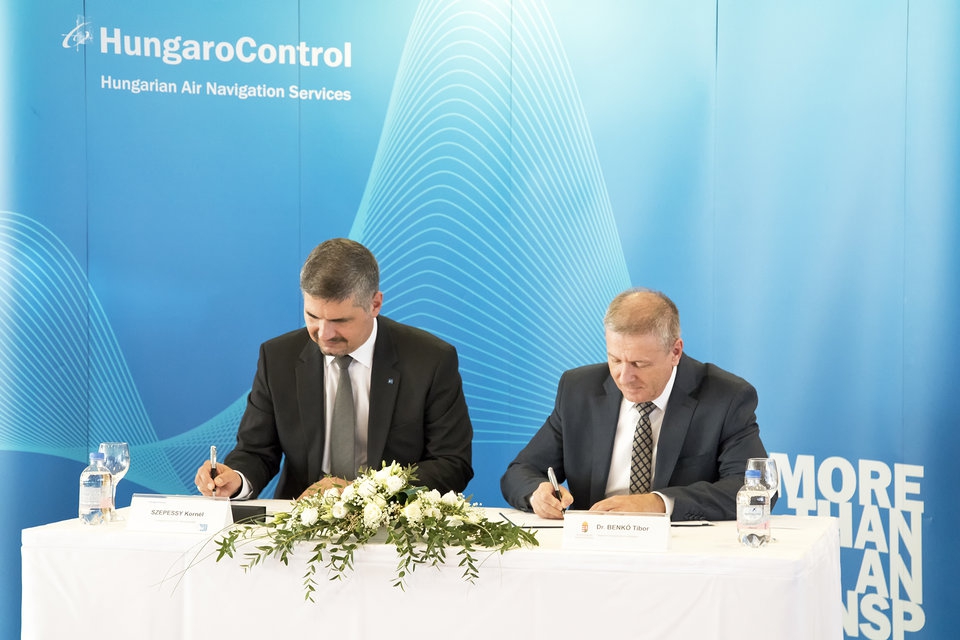
Closer cooperation in Hungarian civil and military air navigation service provision Budapest, February 12, 2019 – Cooperation agreement was signed today by Tibor Benkő, Hungarian Defence Minister and Kornél Szepessy, CEO of HungaroControl Hungarian Air Navigation Services.
-
Increasing number of drone sightings in Hungary Last year, the number of drone sighting reports quadrupled in Hungarian airspace. In 2018, pilots reported disruption over a dozen times to HungaroControl - Hungarian Air Navigation Service Provider. The company took the necessary steps each time.
-
2018 is the year of records in the history of HungaroControl In 2018 HungaroControl managed secure air traffic for more than one million aircraft - for the first time since the company’s establishment. However, the Hungarian Air Navigation Service Provider has not only achieved impressive results in the field of air traffic control last year but also received several international and domestic awards for recognizing its innovation activities.
2018
-
HungaroControl has won € 11.3 million of EU funding to implement new developments HungaroControl has been granted € 11.3 million, the largest EU funding of its history for new developments. Recently, four of our projects have benefited from a development resource, the most significant being the ’mirTWR’ program for tower control systems.
-

Christmas laser-lights - Use with responsibility Budapest, (Dec. 15, 2018). - Each holiday season HungaroControl receives several reports from pilots due to distraction by residential laser-lights which can temporarily blind them.
-
HungaroControl hosted Thales Users Group Conference in Budapest HungaroControl hosted Thales Users Group Conference in Budapest between 24 and 26 September. TUG is an international forum in the civil aviation industry since 1991 with the aim to foster cooperation between ANSPs and Thales. More than 140 delegates and 30 organisations exchanged best practices, shared views on innovation and digital transformation.
-
Cooperation agreement between Ministry of Defense and HungaroControl Dr. Tibor Benkő, Minister of Defense and Kornél Szepessy, Chief Executive Officer of HungaroControl Hungarian Air Traffic Management Ltd. (HC Zrt.) signed a cooperation agreement on 5 September, 2018 in Budapest, at the Ministry of Defense.
-
Successful SESAR 2020 PJ03a validation for Airport Follow the Greens and Optimised Routing SESAR members recently validated a ground lighting system that provides aircraft and other types of vehicles with easier and safer way to make their way around the airport tarmac, taxiways and runways. The exercise was the validation of the SESAR 2020 PJ03a-01 Surface Management Advanced Routing and Improved Guidance tools for Controllers.
-
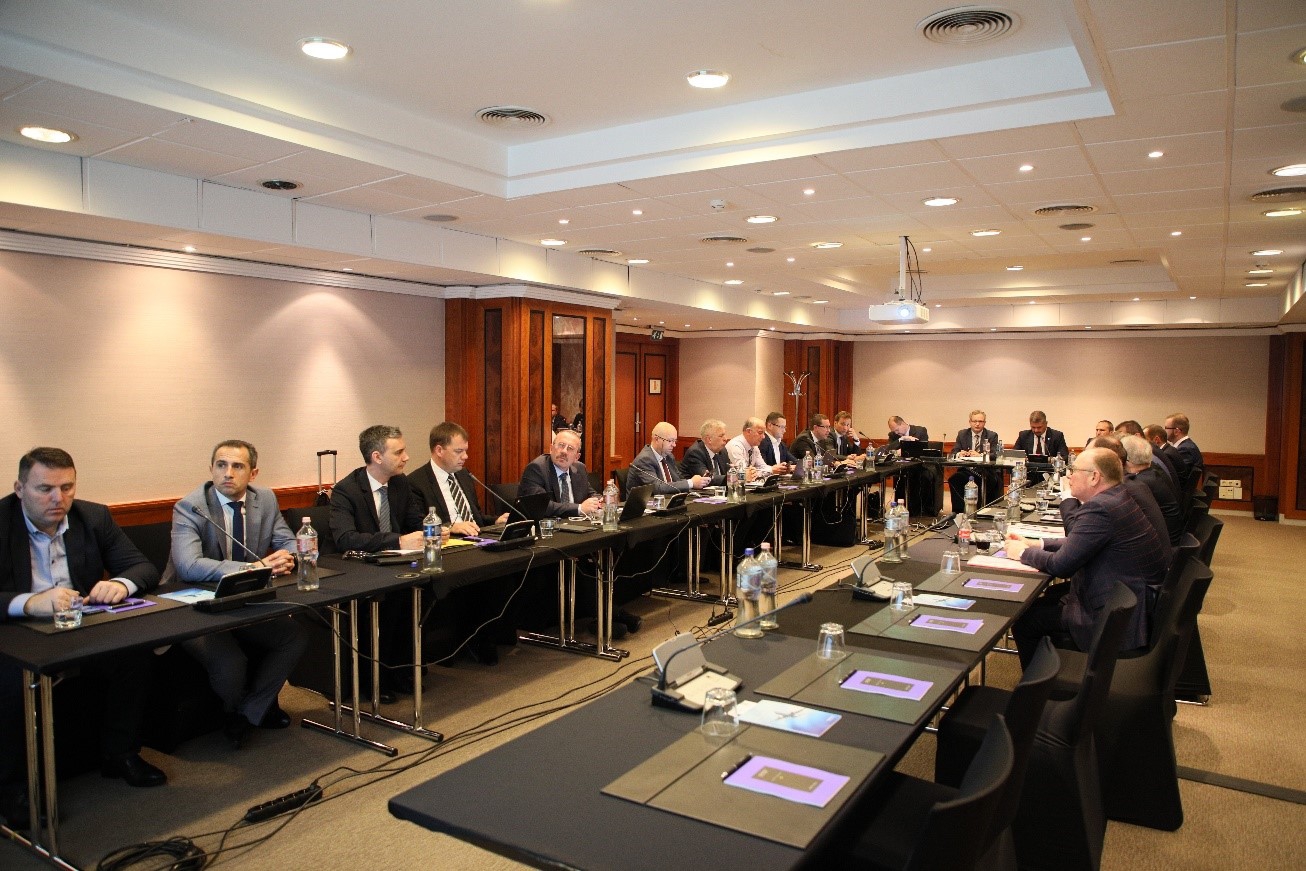
Gate One CEO’s for future of the ATM environment The Gate One CEO’s met on May 11th in Budapest to discuss high level ATM issues relevant for the Gate One region.
-
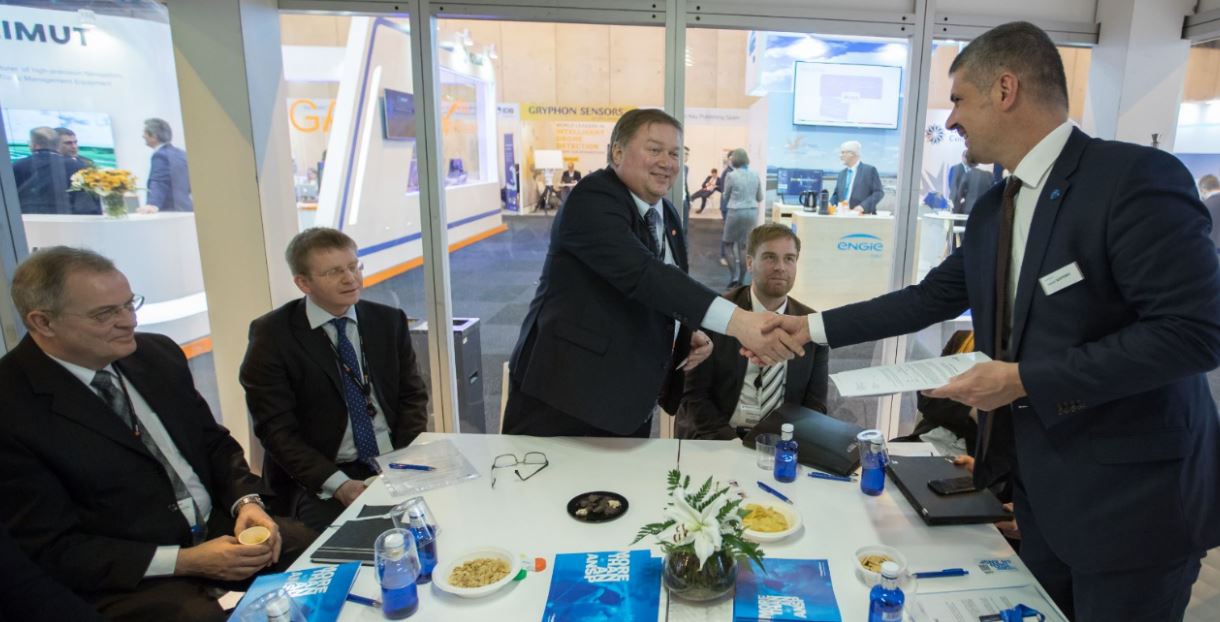
The pseudo-pilot simulation software of the future is being developed through Icelandic-Hungarian cooperation The Icelandic and Hungarian air navigation service providers expressed their commitment to developing the simulation software, used for training air traffic controllers, through signing a cooperation agreement. Their goal, through mutually beneficial sharing of knowledge, is to create the best pseudo-pilot interface, utilizing Icelandic Air Navigation Service Provider Isavia's technological infrastructure and HungaroControl's industry expertise.
-
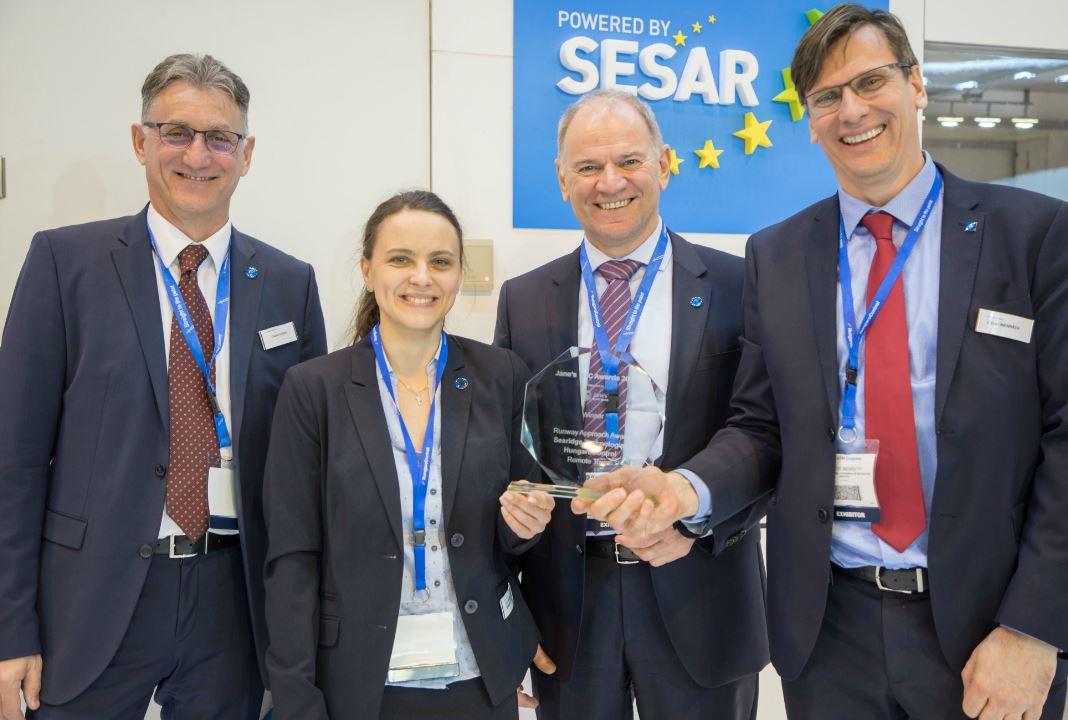
HungaroControl has won Jane’s Air Traffic Control Awards for Remote Tower technology First Certified Remote Tower for Medium-Capacity Airports, nominated by HungaroControl and Searidge Technologies, has won Jane’s Air Traffic Control Awards in the runway category. This is the first time HungaroControl has been recognized with this award.
-
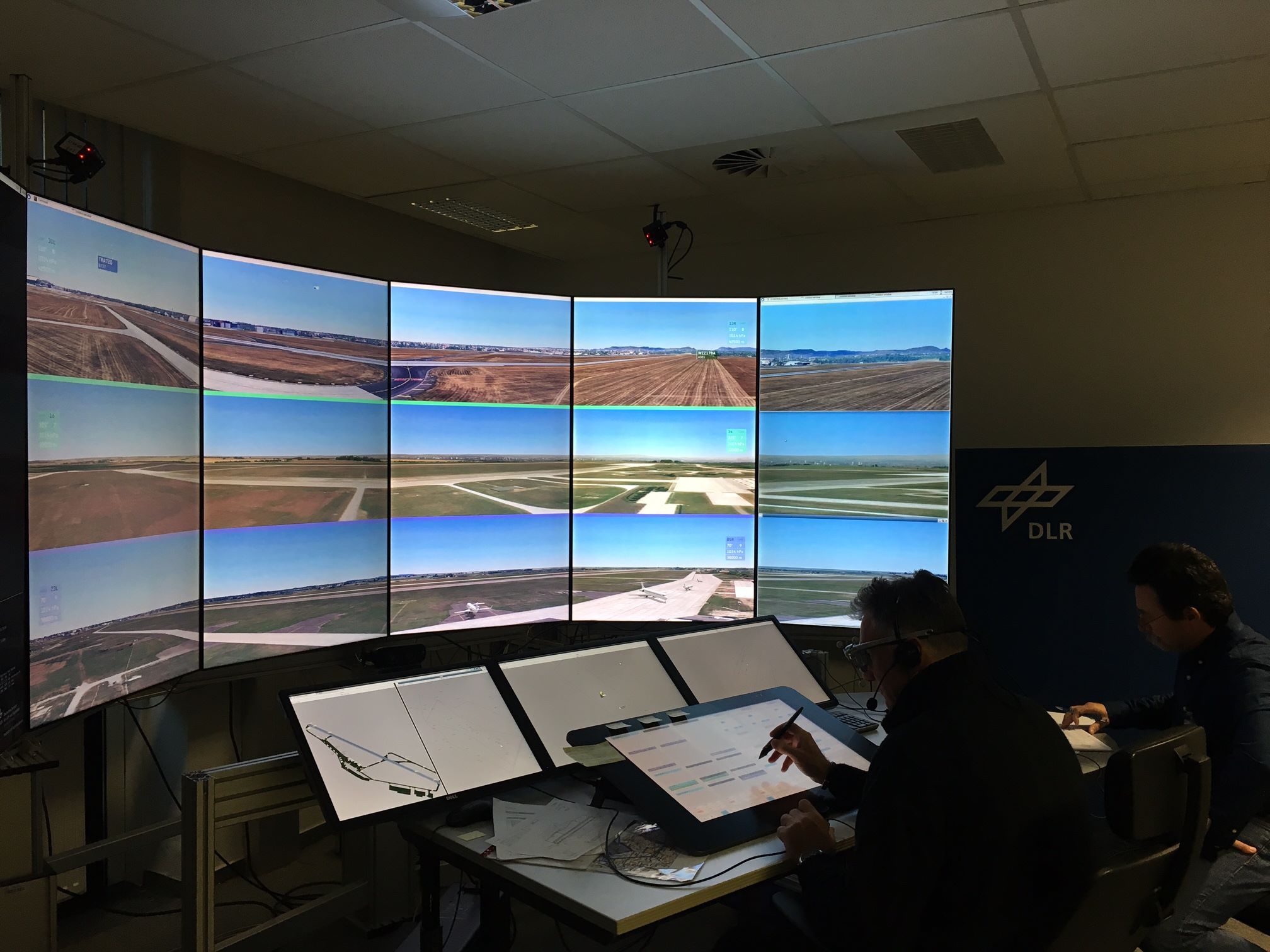
Successful first SESAR 2020 Multiple Remote Tower validation for three airports “Single” remote tower settings have already been deployed in former projects; however, most significant impacts in cost-effectiveness are to be expected with multiple and/or centre settings. The SESAR 2020 project PJ05 aims to bring the concept of remotely controlling multiple airports to the next maturity level. In November 2017, Frequentis AG, HungaroControl, DLR, and Selex ES GmbH (Leonardo LTP) conducted a first successful validation campaign on “Remote Tower for Multiple airports” in Braunschweig.
2017
-
Air Traffic Controllers to remotely navigate Budapest Airport’s traffic As a result of HungaroControl’s latest innovation, the so called Remote Tower system, Budapest Airport (BUD) will be the first among the world’s medium-capacity airports, where the arrival and departure air traffic control can be independent from airport environment.
-
Satellite navigation at 7 civil and 3 military airports With 85% funding intensity and as an individual applicant, HungaroControl has been able to secure nearly 700 thousand euros in form of an INEA (Innovations and Networks Executive Agency) grant to carry out its project ‘Implementation of PBN procedures in Hungary (PBN4HU)’. Within the framework of this project performance based navigation (PBN) procedures will be designed for 7 civil and 3 military airports in Hungary. These procedures will enable airspace users to carry out satellite based navigation at those aerodromes. As an additional part of the project, a national GNSS- (GPS, Galileo and GLONASS) signal monitoring network is to be installed as well.
-
Hungarian-Romanian-Bulgarian Free Route: further decrease in the emission of airplanes HungaroControl Zrt. and ROMATSA, the Romanian air navigation service provider helped to establish the free route concept in Bulgaria, which allows the free use of Bulgarian airspace from 30th March. Airplanes may freely use the airspace between the defined entry points and exit points without restrictions, even following the shortest route possible. Based on the experience, this results in a decrease of fuel consumption and emissions of airplanes.


